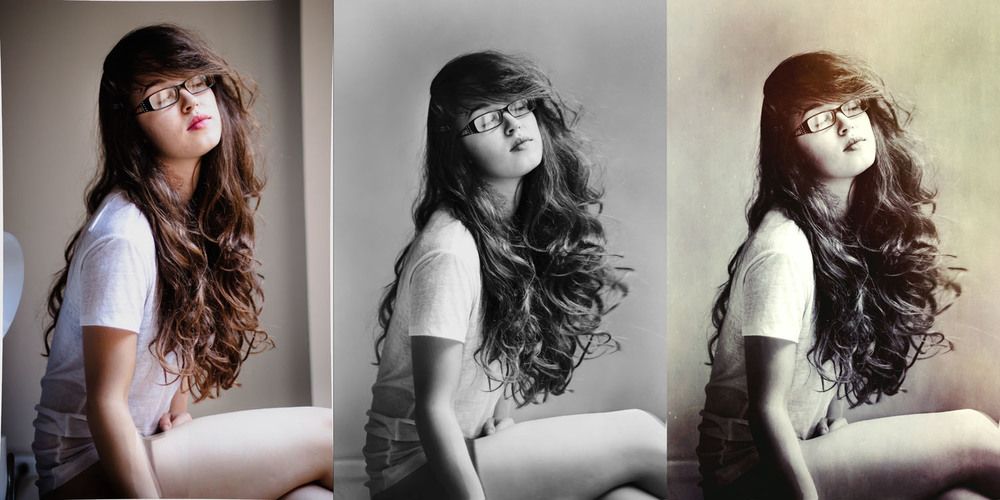The word “media” has gained a new shadow:”rich media” and has already become an integral part of our lexicon. No wonder, it’s difficult to imagine the modern technology world without it. Like any good concept, it is diverse. Perhaps the most precise formulation belongs to the origins: Latin multum – much, rich and media – medium, center. This is a set of hardware and software, web proofing software allowing users to work interactively with heterogeneous data (graphics, text, sounds, video, and animation), organized in a single information environment. What’s rich media and interactive web proofing software then? Let’s figure it out.
A Bit of History
The leap of interest to the media technologies took place in the late 80s of XX century due to the fast computer technology development in the USA. Multimedia technology was first applied in the humanitarian field (and, in particular, the historical and cultural) and is connected, of course, with the name of an outstanding American programmer and a genius businessman Bill Gates. His idea of creation and successful implementation of a multimedia product in practice was happily realized by the museum inventory database performance, using all possible “media”: images, sound, animation, hypertext system at that time. («National Art Gallery London»).
That product accumulated three basic principles of multimedia:
– Presentation by a combination of a plurality of perceived human environments;
– Multiple story lines in the content of the product (including customary picked ones by the “free” search within the content information offered);
– Art interface design and navigation tools.
The advantage of the technology and multimedia capability features were astounding are widely used in the presentation of information till nowadays.

Basic Rich Multimedia and Interactive Image-Processing
If a focus on the basic image-processing technology, what program to use, what features to seek for and what to know, etc., Photoshop goes without saying. This is alpha and omega in photo processing. Nevertheless, there are many other rich media editors both free and paid that allow excellent photo processing on PC and all modern mobile devices on iOS or Android. All these editors should, however, have a certain set of functions, necessary for an excellent result.\

5 Functions that Are a Must Have
1. Cropping
Cropping photos enables to cut unwanted parts and leave only what is necessary. Most photo editors have this tool called the Crop Too, which can stretch the rectangle within the photos. The part that remains outside will be deleted. Professionals seldom need this tool: they shoot so that all unnecessary images are left behind the scenes.
2 Color change
Sometimes a photo looks too green or red, is too light or dark. Although, as journalists, we have to transmit the reality without distortion, but as artists, we know that wrong color rendering has no aesthetics. In most programs, image processing allows to further improve the color and light, but only the most up to date and professional apps can help in achieving much better results when working with the layers. You can find the information needed in tutorials even if you apply the effect for the first time. It can also explain how to work with colors. In photojournalism, people should not abuse the usage of these effects and apply them very carefully not to distort the original image.
3. Changing the size
Picture size, made with a 7 or 8-megapixel camera, will be approximately 6×4,8 inches. But these numbers mean absolutely nothing on the Internet. Width and height in pixels are what really matters. The number of pixels determines how the image will look like on the Internet. The width of 1000 pixels is, as a rule, the maximum: this corresponds to the size of most monitors and their resolution. Before you reduce the number of pixels, you need to change the resolution. Printing resolution is often somewhere at 180, 300 or 600. And the monitor screen resolution is about 72 PPI (pixels per inch).
After you choose the correct resolution (72 pixels / inch), it is necessary to change the width (horizontal pictures) or height (for vertical pictures). The maximum width is 1000 pixels. The maximum height is 550 pixels.
4. Sharpness setting
After changing the image size, you may notice that the contours are the little bit smeared. In most photo editors a filter to adjust the sharpness is integrated. Improper use of this effect can easily lead to the fact that the picture will look unnatural. But if you act properly, this feature can dramatically improve the image quality.
5. Save format
Saving photos on the Internet in an optimized format, using (.jpg extension) is a basic solution. But it’s not enough to just save the file in this format. JPG files can be saved in the maximum, average, and high quality. The higher the quality, the larger the file weighs. The average user typically does not know the difference between the average and high quality, but saving the disk space and the time for download can be substantial for professionals at web proofing software. What do you think?
Have anything to add? – Welcome to leave your comments below!

